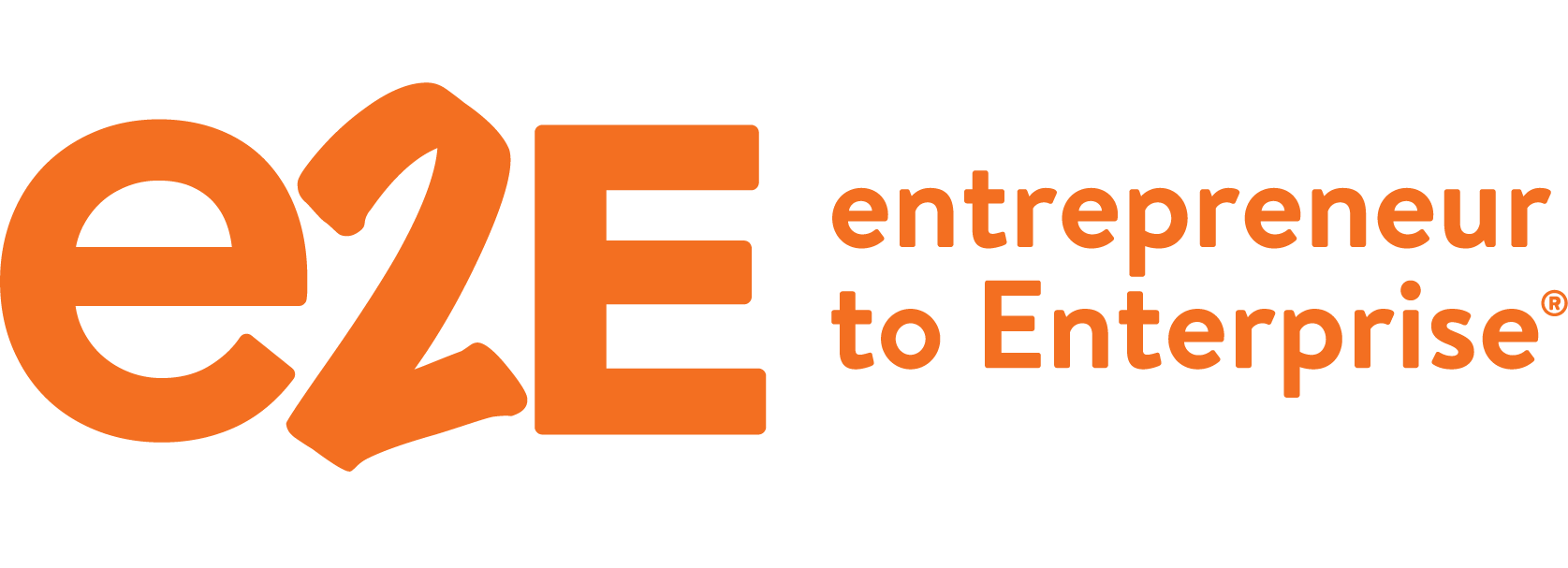Profitability isn’t a one-time achievement for small businesses. It’s an ongoing cycle of planning, monitoring, and adjusting to keep on track.
As Roni Gach, e2E’s Accounting Services Practice Leader, puts it, “We help clients build a three-year plan, then monitor results—at least quarterly, but monthly when possible—and continually tweak the model to stay aligned with goals”. In other words, profitability is less like reaching a finish line and more like steering a ship. You don’t just chart the course once—you adjust constantly to stay on track.
From Model to Action
A strong financial model provides the roadmap, but the real work happens in execution. Leaders must communicate goals clearly, set realistic targets, and work alongside their teams to operationalize the plan. e2E’s 8-Step Path to Profitability offers a structured, repeatable approach:
- Diagnose the current state of the business.
- Define success and set measurable goals.
- Identify key drivers of revenue and cost.
- Build a financial model.
- Validate it against historical data.
- Set mid- to long-term targets.
- Implement operational changes.
- Monitor, measure, and adjust continually.
The businesses that thrive don’t just create a model once and file it away. They revisit it frequently, comparing projections to reality, and adjusting as new information comes to light.
A Real-World Example
One of our clients came to us struggling to stabilize operations and secure financing. Together, we built a financial model that examined pricing, costs, and labor practices. By making strategic adjustments, controlling costs, and monitoring results year after year, this client was able not only to survive but to thrive.
Over time, they expanded into new opportunities and weathered challenges, even during periods of significant disruption. Success wasn’t built on a single plan—it was built on discipline, regular monitoring, and a willingness to adjust when circumstances changed.
Why Ongoing Monitoring Matters
Markets shift, industries evolve, and customer expectations change. Without regular check-ins, even the best businesses can drift off course. Roni says, “It’s a constant feedback loop—finance and operations working together to make sure the business stays aligned.”
Quarterly reviews and scenario modeling help leaders answer critical questions: What if sales dip by 10%? What if payroll grows faster than expected? What if a supply chain disruption doubles our costs? The answers prepare businesses to respond rather than react.
The Role of Trusted Advisors
Most entrepreneurs don’t start businesses because they love spreadsheets. That’s where trusted advisors come in. e2E works alongside business owners to monitor progress, interpret results, and make recommendations. Sometimes that means encouraging leaders to make tough choices—cutting costs, raising prices, or rethinking the model. Other times, it’s about helping them seize opportunities sooner than expected, such as hiring staff or expanding operations.
The Takeaway
Profitability isn’t a destination—it’s a discipline. By moving from plan to practice, and committing to regular monitoring, businesses create a feedback loop that helps them adapt, grow, and thrive.
For leaders who embrace the cycle of modeling, monitoring, and adjusting, profitability becomes more than a goal. It becomes the way they do business—and the reason they can sustain success year after year.
Ready to put your Path to Profitability into practice? Connect with Roni Gach at e2E. Whether you need help building a financial model, setting measurable goals, or monitoring your progress over time, Roni and the e2E team are here to walk with you every step of the way.
